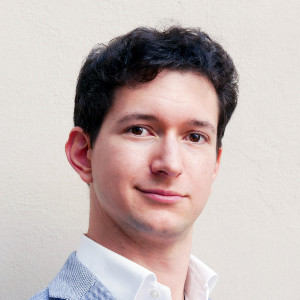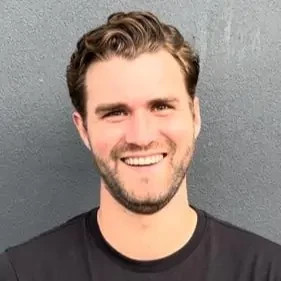Hi,
I have passed the first round at Bain and now have my second interview in January. Thus, I have around 4 months to prepare for the 2nd round. The feedback I got was:
1. Need to improve my prioritization skills (while looking at key elements of the structure to analyze first)
2. Diving into the data (graphs), not taking enough time to analyze it and missing some things.
Can you give me some tips on how to improve on this, given that I have ample of time?
Also, I am afraid of suffering from burnout or overpreparing. Can you suggest me some ways to tackle that?
Thank you!



